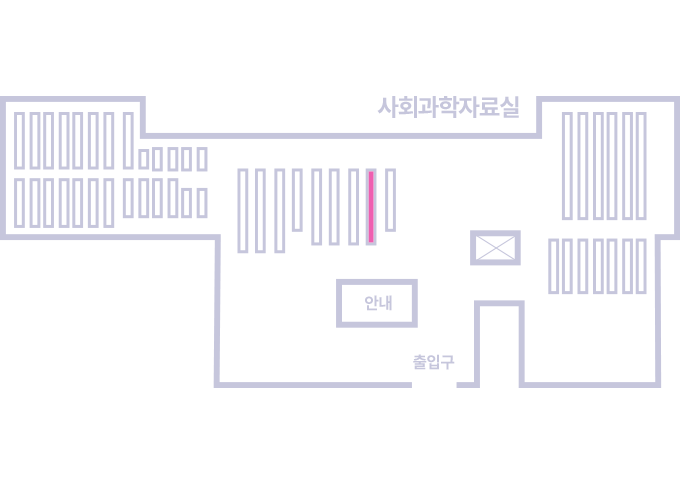권호기사보기
| 기사명 | 저자명 | 페이지 | 원문 | 기사목차 |
|---|
| 대표형(전거형, Authority) | 생물정보 | 이형(異形, Variant) | 소속 | 직위 | 직업 | 활동분야 | 주기 | 서지 | |
|---|---|---|---|---|---|---|---|---|---|
| 연구/단체명을 입력해주세요. | |||||||||
|
|
|
|
|
|
* 주제를 선택하시면 검색 상세로 이동합니다.
Title Page
Contents
1. Introduction 7
2. Background 9
2.1. Imperceptibility of adversarial examples 9
2.2. Temporal responsibility 10
3. Proposed method 11
3.1. Preliminaries 12
3.2. PGD-TL 13
3.2.1. Temporal summation loss Lₜₘₚ 13
3.2.2. Formulation of PGD-TL 13
3.2.3. Determining hyperparameters 16
3.3. Extensions of PGD-TL 19
4. Experiments 20
4.1. Experimental Setup 20
4.2. Quantitative evaluation 21
4.3. Qualitative evaluation 25
4.3.1. Comparison with PGD 26
4.3.2. Discussion of critical duration 28
4.4. Analysis of PGD-TL extensions 30
4.5. Attack defense and limitation 32
5. Conclusion 33
Reference 34
초록 39
Abstract 40
Figure 1. An adversarial image sequence with PGD-TL distortion is displayed on a monitor. The perturbation is optimized through the proposed temporal summation loss, mak-... 11
Figure 2. Experiments to determine critical duration. (a) Estimating critical duration using temporal summation of two perturbations, (b) and estimated critical duration versus... 17
Figure 3. Comparison of perturbations at similar PSNR values (M=2). (a) Pixel intensity and subjective brightness over time, and (b) visualization of overlapped pertur-... 22
Figure 4. Graphs showing the changes with є. The color of the dots represents the PSNR value. (a) targeted attack, (b) untargeted attack. 23
Figure 5. The relationship between average iterations to optimization completion and hyperparameters. (a) window size M, and (b) stride S. 24
Figure 6. (a) Experimental setup for our qualitative evaluation, and (b) shows screens used for the subjectives assessment. 25
Figure 7. Graphs of subjective evaluation results with a maximum score of 5 points: changes in (a) FPS and (b) PSNR. 26
Figure 8. Conducted quality preference (QP) results with varying window sizes M. (Details of QP-test setup (①, ②, ③) can be found in Section 4.3.2) 28
*표시는 필수 입력사항입니다.
| 전화번호 |
|---|
| 기사명 | 저자명 | 페이지 | 원문 | 기사목차 |
|---|
| 번호 | 발행일자 | 권호명 | 제본정보 | 자료실 | 원문 | 신청 페이지 |
|---|
도서위치안내: / 서가번호:

우편복사 목록담기를 완료하였습니다.
*표시는 필수 입력사항입니다.
저장 되었습니다.